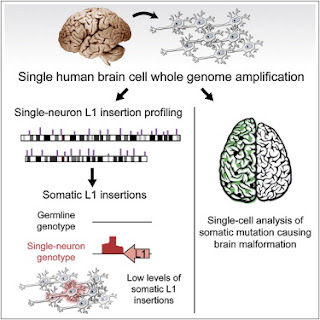
Headed by the University of Tubingen, the consortium of 18 European and Australian institutions will perform whole-exome sequencing of 1,100 individuals and aims to identify causative genes for at least 80% of the studied syndromes.
The Neuromics Consortium hopes its work will yield better diagnostic panels that can increase the diagnosis rate for ten main neurodegenerative and neuromuscular disease types — including ataxia, spastic paraplegia, Huntington's disease, muscular dystrophy and spinal muscular atrophy — as well as provide information on genes and pathways that could inform new treatments.
The consortium will collaborate with Iceland's Decode Genetics, that will perform the sequencing on Illumina HiSeq and provide the main data; with Agilent Technologies, to develop new diagnostic gene panels based on the HaloPlex technology; and with Ariadne Genomics, that will provide bioinformatic support for data analysis. Also RNA-seq and other omics apporaches will be used by the consortium in the second phase of diagnostic panel development and validation.
A recent post on GenomeWeb reports that in a document describing the project, the consortium wrote that at the end of the funding period, it expects "to have elucidated the genetic basis for [more than] 80 [percent] of investigated patient groups." According to the group, the new genes will be added to existing databases and used to develop the first overlapping gene panel that can be used to diagnose several of these individual diseases, "overcoming time consuming and costly single gene analysis."






